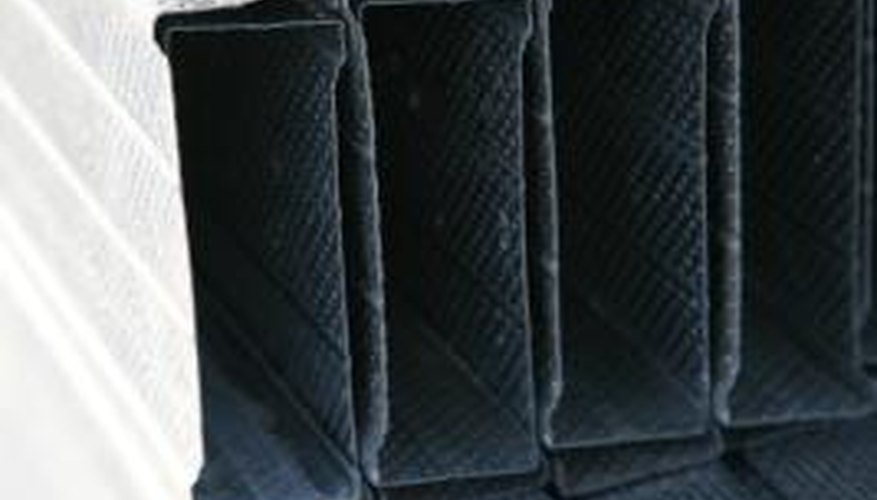Galvanised metal, usually steel, is electrically or chemically coated with zinc. Metal is given this zinc coating because this galvanised layer is much sturdier and serves as a better protectant against weathering and corrosion than is a painted layer. Galvanised surfaces last decades or more outside before they begin to corrode. When they are not simply bolted together, pieces of galvanised metal are joined either by brazing or soldering. Welding destroys the galvanisation. Preparing a galvanised surface by abrading it also damages the galvanisation. And because zinc has different properties than aluminium, steel or copper, soldering galvanised metal requires attention to detail and proper technique.
- Galvanised metal, usually steel, is electrically or chemically coated with zinc.
- And because zinc has different properties than aluminium, steel or copper, soldering galvanised metal requires attention to detail and proper technique.
Screw a propane torch soldering tip into a propane cylinder.
Clean the surfaces to be joined with automotive engine degreaser and rags. Do not abrade the surface with a wire brush or sandpaper.
Coat both surfaces with acid flux using a flux brush. Arrange the two pieces of galvanised metal to form the joint you are trying to create. Galvanised metal is typically soldered to waterproof two pieces of roof flashing using a lap (or overlapping) joint.
Light the propane torch with a butane lighter. Rub the soldering tip along the joint. For long joints divide the task into sections.
- Screw a propane torch soldering tip into a propane cylinder.
- Light the propane torch with a butane lighter.
Touch non-rosin solder wire to the heated section of the joint and allow the solder to flow into the joint. Remove excess flux with a rag after the joint has cooled.
